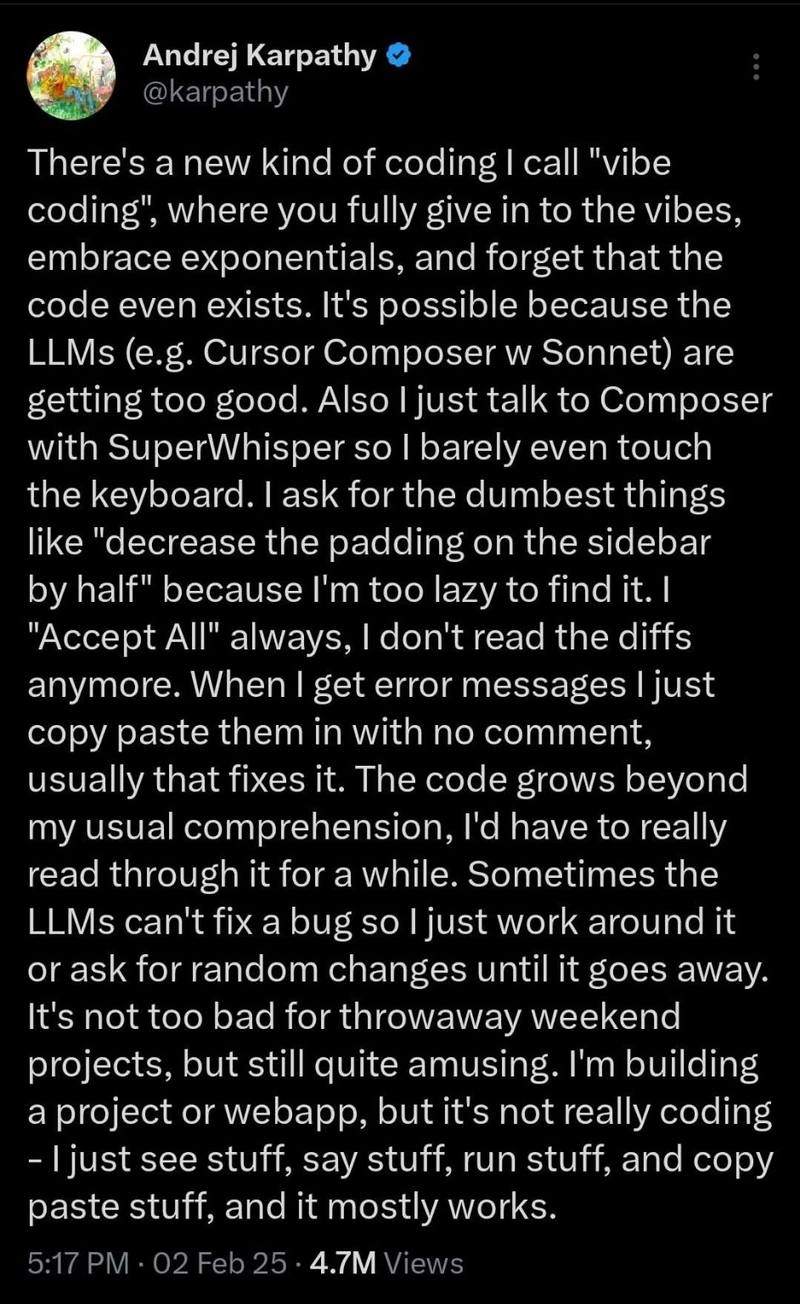How to Simplify Operand Size Handling in C for Emulators?
Introduction When developing an emulator for a custom ISA 16-bit processor, handling different operand sizes can become tedious, especially when using nested switch statements. This article explores a way to streamline the code using C language features and macros to reduce complexity while preserving clarity. Understanding how to efficiently manage operand sizes is critical for improving code maintainability and readability. Understanding the Problem In the provided code snippets, you have defined a Cell16 union to represent registers and an Op_sz enum to indicate operand sizes. The challenge arises when you frequently use nested switch statements to assign values based on operand sizes, resulting in code that is challenging to read and maintain. Here’s a summary of what your code currently does: Union Definition: Using a union allows different representations of data sizes (8-bit, 16-bit). Enumeration for Operand Sizes: You use enum values to indicate the size of the operands. Switch Statements: Nested switches determine the actions based on operand size. While this approach works, it can lead to boilerplate code and increase the risk of errors. Let's explore some effective solutions to clean up this design. Proposed Solutions I offer two potential solutions: using function pointers for cleaner mapping and redesigning your switch logic with a more structured approach below. Solution 1: Using Function Pointers Instead of heavily relying on nested switch statements, you can define function pointers for your operations based on operand sizes. This allows you to map operand sizes directly to their respective handling functions. Here’s how you can implement this: Define Function Prototypes: void handle_op_sz8(State *s, DecoderOutput *d); void handle_op_sz16(State *s, DecoderOutput *d); Create Function Definitions: void handle_op_sz8(State *s, DecoderOutput *d) { REG_L(s, d).sz8 = REG_R(s, d).sz8; } void handle_op_sz16(State *s, DecoderOutput *d) { REG_L(s, d).sz16 = REG_R(s, d).sz16; } Define Your Function Pointer Array: void (*handle_ops[])(State *, DecoderOutput *) = { NULL, // Placeholder for Op_sz zero, if needed handle_op_sz8, handle_op_sz16, }; Using Function Pointers in Your Handler: void instruction_handler(State *s, DecoderOutput *d) { int size_index = SZ_L(d) / 8 - 1; // Assume sizes are defined in multiples of 8. if (size_index >= 0 && size_index < sizeof(handle_ops) / sizeof(handle_ops[0]) && handle_ops[size_index]) { handle_ops[size_index](s, d); } else { return EXEC_ERROR_INVALID_OP_SZ; } } Solution 2: Encapsulating Switch Logic in a Macro If you still prefer switch statements, you can encapsulate the repetitive logic in a single macro, improving readability. Here’s how: Define a Macro for Assignment: #define ASSIGN_REG(reg_dst, reg_src, size) \ switch(size) { \ case Op_sz8: reg_dst.sz8 = reg_src.sz8; break; \ case Op_sz16: reg_dst.sz16 = reg_src.sz16; break; \ default: return EXEC_ERROR_INVALID_OP_SZ; \ } Using the Macro: switch (LAYOUT(d)) { case Ops_layout_Reg2: ASSIGN_REG(REG_L(s,d), REG_R(s,d), SZ_L(d)); break; case Ops_layout_RegImm: ASSIGN_REG(REG_L(s,d), IMM1(d), SZ_L(d)); break; case Ops_layout_Imm2: case Ops_layout_ImmReg: default: return EXEC_ERROR_INVALID_3ADDR_OPS_LAYOUT; } Conclusion Both proposed solutions help to reduce the complexity of your code while maintaining functionality. Using function pointers can enhance modularity and potentially allow for inlining if used effectively. Meanwhile, encapsulating the switch statement logic in a macro offers improved readability without significant overhead. Ultimately, the choice between these methods may depend on your specific project needs and performance considerations. Experiment with these strategies to find what works best for your ISA emulator. Frequently Asked Questions 1. Can I use bit-fields to optimize memory usage? Yes, bit-fields can be used to optimize memory in unions, especially if the size of your data does not need to exceed certain limits. 2. How can I handle unsupported sizes? You can define a default case in your error handling to catch unsupported operand sizes gracefully. 3. Are there any performance implications from using function pointers? Generally, the overhead of function pointers is negligible, but in high-performance scenarios, inlining functions could be beneficial. Test performance in your emulator context. For efficient coding practices in your ISA emulator, consider these methods to handle operand sizes effectively, leading to clearer and more maintainable source code.

Introduction
When developing an emulator for a custom ISA 16-bit processor, handling different operand sizes can become tedious, especially when using nested switch statements. This article explores a way to streamline the code using C language features and macros to reduce complexity while preserving clarity. Understanding how to efficiently manage operand sizes is critical for improving code maintainability and readability.
Understanding the Problem
In the provided code snippets, you have defined a Cell16 union to represent registers and an Op_sz enum to indicate operand sizes. The challenge arises when you frequently use nested switch statements to assign values based on operand sizes, resulting in code that is challenging to read and maintain. Here’s a summary of what your code currently does:
- Union Definition: Using a union allows different representations of data sizes (8-bit, 16-bit).
- Enumeration for Operand Sizes: You use enum values to indicate the size of the operands.
- Switch Statements: Nested switches determine the actions based on operand size.
While this approach works, it can lead to boilerplate code and increase the risk of errors. Let's explore some effective solutions to clean up this design.
Proposed Solutions
I offer two potential solutions: using function pointers for cleaner mapping and redesigning your switch logic with a more structured approach below.
Solution 1: Using Function Pointers
Instead of heavily relying on nested switch statements, you can define function pointers for your operations based on operand sizes. This allows you to map operand sizes directly to their respective handling functions.
Here’s how you can implement this:
-
Define Function Prototypes:
void handle_op_sz8(State *s, DecoderOutput *d); void handle_op_sz16(State *s, DecoderOutput *d); -
Create Function Definitions:
void handle_op_sz8(State *s, DecoderOutput *d) { REG_L(s, d).sz8 = REG_R(s, d).sz8; } void handle_op_sz16(State *s, DecoderOutput *d) { REG_L(s, d).sz16 = REG_R(s, d).sz16; } -
Define Your Function Pointer Array:
void (*handle_ops[])(State *, DecoderOutput *) = { NULL, // Placeholder for Op_sz zero, if needed handle_op_sz8, handle_op_sz16, }; -
Using Function Pointers in Your Handler:
void instruction_handler(State *s, DecoderOutput *d) { int size_index = SZ_L(d) / 8 - 1; // Assume sizes are defined in multiples of 8. if (size_index >= 0 && size_index < sizeof(handle_ops) / sizeof(handle_ops[0]) && handle_ops[size_index]) { handle_ops[size_index](s, d); } else { return EXEC_ERROR_INVALID_OP_SZ; } }
Solution 2: Encapsulating Switch Logic in a Macro
If you still prefer switch statements, you can encapsulate the repetitive logic in a single macro, improving readability. Here’s how:
-
Define a Macro for Assignment:
#define ASSIGN_REG(reg_dst, reg_src, size) \ switch(size) { \ case Op_sz8: reg_dst.sz8 = reg_src.sz8; break; \ case Op_sz16: reg_dst.sz16 = reg_src.sz16; break; \ default: return EXEC_ERROR_INVALID_OP_SZ; \ } -
Using the Macro:
switch (LAYOUT(d)) { case Ops_layout_Reg2: ASSIGN_REG(REG_L(s,d), REG_R(s,d), SZ_L(d)); break; case Ops_layout_RegImm: ASSIGN_REG(REG_L(s,d), IMM1(d), SZ_L(d)); break; case Ops_layout_Imm2: case Ops_layout_ImmReg: default: return EXEC_ERROR_INVALID_3ADDR_OPS_LAYOUT; }
Conclusion
Both proposed solutions help to reduce the complexity of your code while maintaining functionality. Using function pointers can enhance modularity and potentially allow for inlining if used effectively. Meanwhile, encapsulating the switch statement logic in a macro offers improved readability without significant overhead. Ultimately, the choice between these methods may depend on your specific project needs and performance considerations. Experiment with these strategies to find what works best for your ISA emulator.
Frequently Asked Questions
1. Can I use bit-fields to optimize memory usage?
Yes, bit-fields can be used to optimize memory in unions, especially if the size of your data does not need to exceed certain limits.
2. How can I handle unsupported sizes?
You can define a default case in your error handling to catch unsupported operand sizes gracefully.
3. Are there any performance implications from using function pointers?
Generally, the overhead of function pointers is negligible, but in high-performance scenarios, inlining functions could be beneficial. Test performance in your emulator context.
For efficient coding practices in your ISA emulator, consider these methods to handle operand sizes effectively, leading to clearer and more maintainable source code.












































































